Tang Court is on the fifth floor of the Langham Hotel, the sister of the one in Hong Kong. It opened 2010, two years after the hotel itself. After its former executive chef Tam resigned recently, the kitchen was taken over by chef Sun Wai Lun. It is a warren of rooms spread out along a wood panelled corridor. The dining room has just half a dozen tables, but there are nine private rooms, which reflects the cultural desire for privacy at dinner, especially for business clients. We had one of these private rooms, which in a generous space had a very large central table with a revolving central glass plate to facilitate sharing. This private room had its own separate lounge area for drinks, and even its own en suite bathroom, with a Japanese style toilet that, rather disconcertingly, lifts its own lid when you approach it, has an array of controls that would shame a Boeing 747, and could probably beat you at backgammon if it put its mind to it.
The menu was an extensive selection of Cantonese classics, with a page of chef specials, some quite ambitiously priced, with one lobster dish alone being CNY 1,500 (£171). A tasting menu was available at CNY 888 (£101), a lunch menu at CNY 588 (£67) and a tasting menu with more luxurious ingredients at 1,588 (£181). The wine list had plenty of prestigious growers, but had no options below CNY 600 (£68), so this is clearly a place aiming at wealthy or corporate guests. The list had labels such as Trimbach Riesling 2014 at CNY 620 for a bottle that you can find in the high street for CNY 158, Leeuwin Estate Estate Art Series Sauvignon Blanc 2015 at CNY 900 compared to its retail price of CNY 185, and Castello Banfi Brunello di Montalcino 2007 at CNY 1,550 for a bottle that will set you back CNY 501 in a shop. Those with the means could splash out on prestige bottles such as Louis Roederer Cristal 2006 at CNY 5,250 compared to its retail price of CNY 2,005, or Chateau Margaux 1978 at an outrageous CNY 25,000 for a wine whose current market value is CNY 4,757.
Being in a group enabled us to order a reasonably wide selection of dishes. We began with a complicated little sandwich structure with barbecued pork, suckling pig and char sui pork in layers, with strips of cucumber, bean curd skin and a rice pancake. The idea of this was reminiscent of the rice pancakes that you eat with Peking duck, where you combine the meat, plum sauce, cucumber and scallion. This was served with pickled mushrooms. I enjoyed this, the combination of textures and flavours of the various elements combining nicely (15/20). This was followed by duck soup with melon. By western standards this was a very thin broth, but I am reliably informed that that this is what is being aimed for in a Cantonese soup. It was certainly pleasant enough, with a few shreds of duck and melon lurking within the broth, the stock avoiding the fattiness that can occur with some Chinese soups (13/20).
Red lobster was imported from the USA and served with egg white and sea urchin, goji berries, ham stock and spring onion (or scallion if you are American). The shellfish was tender, though the sea urchin was surprisingly limited in flavour for what is usually such a distinctive taste. It turned out that the sea urchin was from an area called QianDao, and certainly this will not be troubling the fish markets of Hokkaido in terms of competition. That aside, this was a very pleasant dish (14/20).
Crispy chicken was a free-range bird from Longgang, an area noted for its poultry. This came with a side dish of stir fried vegetables and slices of pork. The chicken had quite good flavour, the skin was very crisp and I liked the bell peppers that came as an accompaniment, as they had unusually nice, sweet flavour (15/20). This was followed by classic sweet and sour pork. This had been briefly deep fried and then finished in a wok, the sauce then added. This was delicious, and was unusual in that the pork was very crisp, presumably due to the two stage cooking process. This was a deceptively simple but very well made dish (16/20). Gai lan (Chinese kale) was carefully trimmed and lightly fried, with good flavour and pleasing, firm texture (15/20).
For dessert, a runny preserved egg pastry was prettily presented with a little biscuit tuile to cause the pastry to resemble a swan. The pastry was very delicate (15/20). Mango and sago ice cream was served in a hollowed out fruit in a cloud of dry ice, and once you got past the theatrics the ice cream had plenty of mango flavour and good texture (14/20). Baked egg tart was reminiscent of a Portuguese custard tart and was lovely, the use of egg white and milk making the filling lighter than one might expect (16/20).
The bill came to CNY 1,258 (£143) per person with a modest quantity of some of the cheaper wine on the list. Hence this is a fairly realistic typical cost per person, and indeed could easily rise much higher if you ordered from the chef specials page or moved off the lowest rung of the wine list. It is certainly far from cheap, and the wine list is rapacious. Service was good, with plenty of attentive waiting staff. Overall this was actually a more enjoyable experience than I was anticipating, given my previous visits to Tang Court in Hong Kong. It was quite expensive, but there was some genuine technical skill on display. However in a broad context this was still a good Cantonese meal, rather than anything truly dazzling e.g. it was not remotely in the same league as Made in China in Beijing or 28 Hubin Road in Hangzhou. Hence while I can see how this might very reasonably be awarded a Michelin star, three stars seems wildly ambitious.














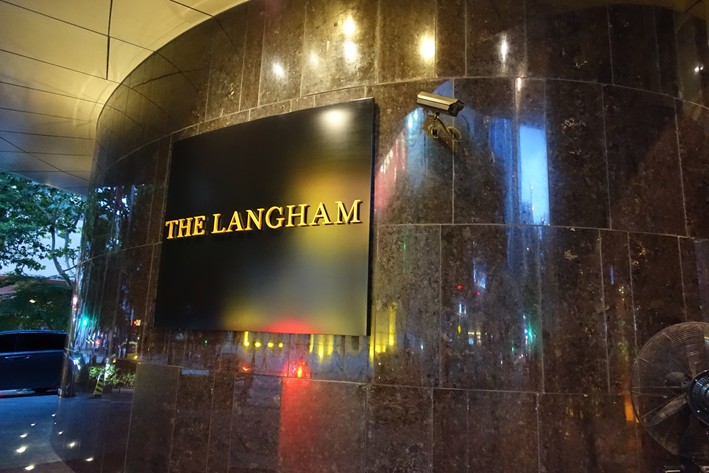

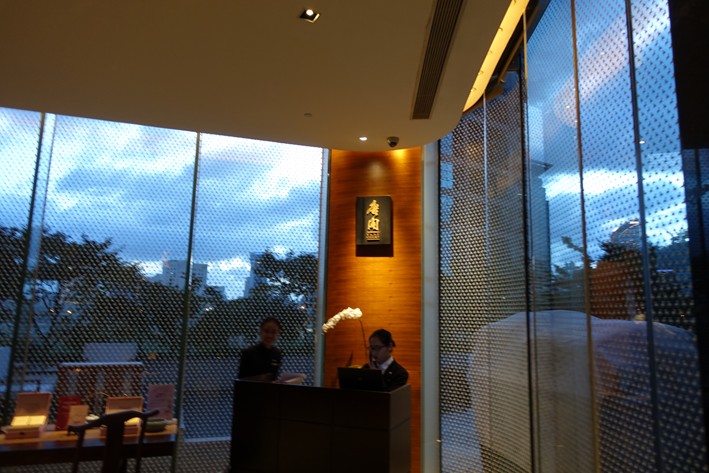

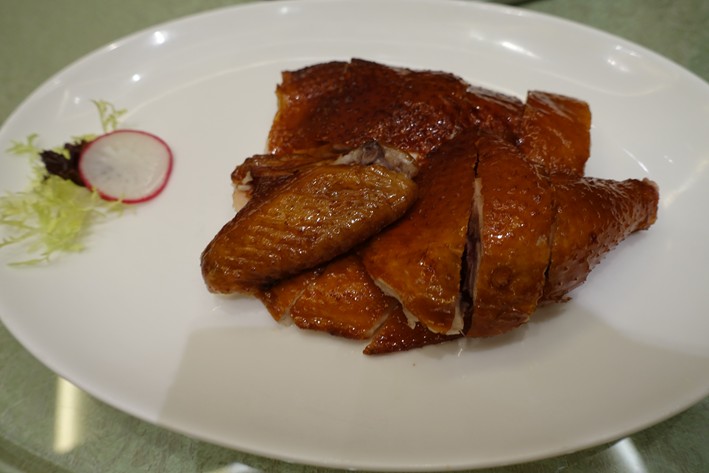


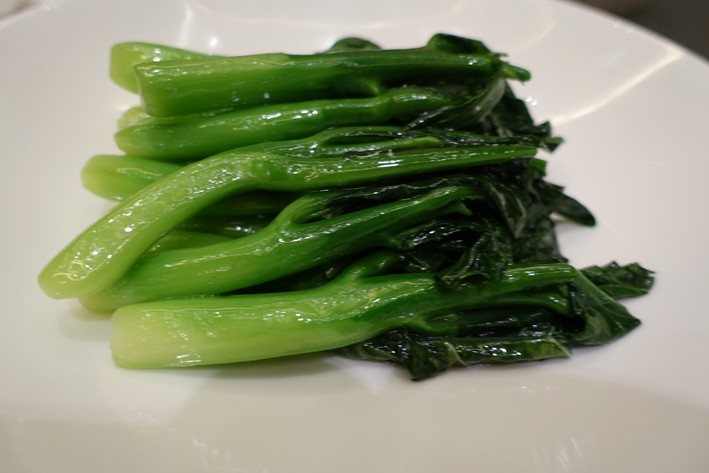
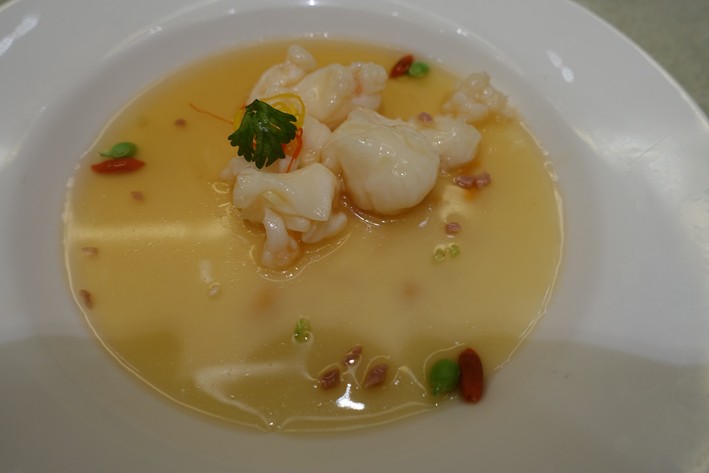
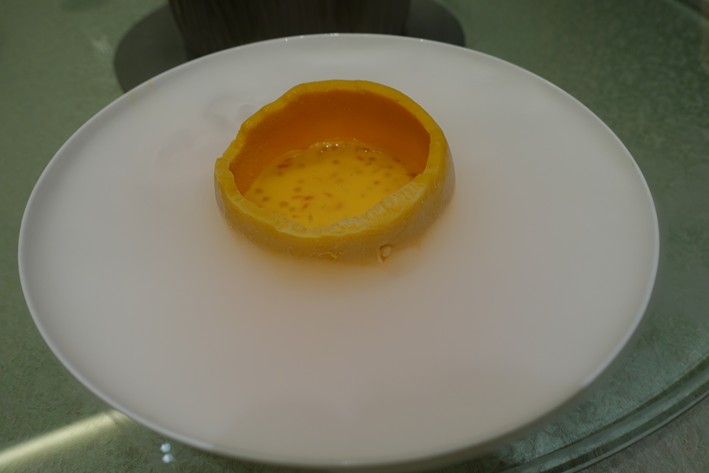
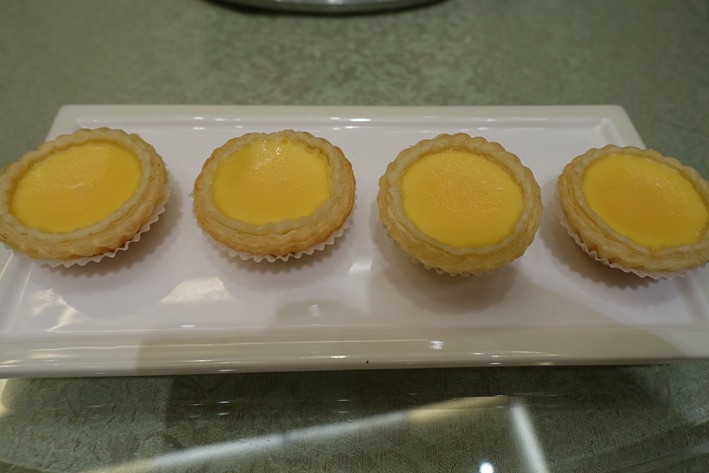
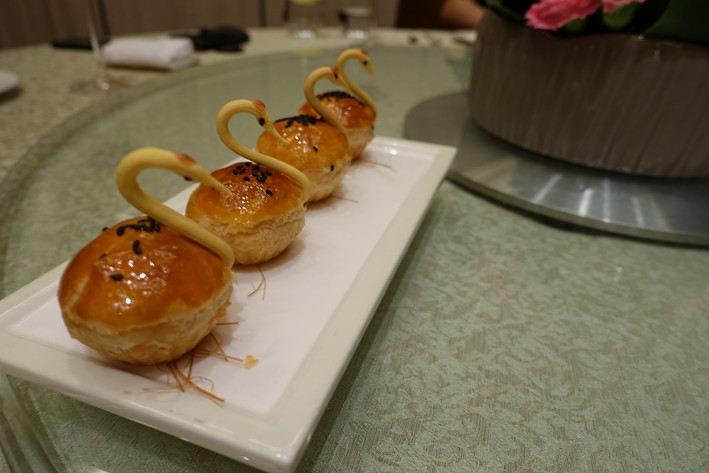
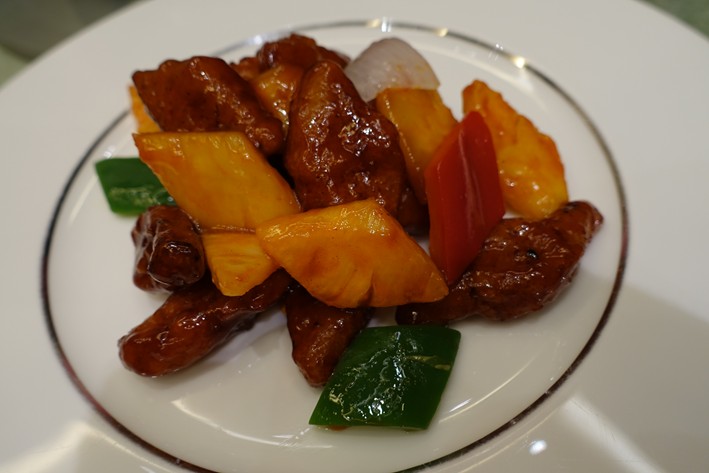

Add a comment
Thank you for submitting your comment, this will be checked and added to the website very soon.
User comments